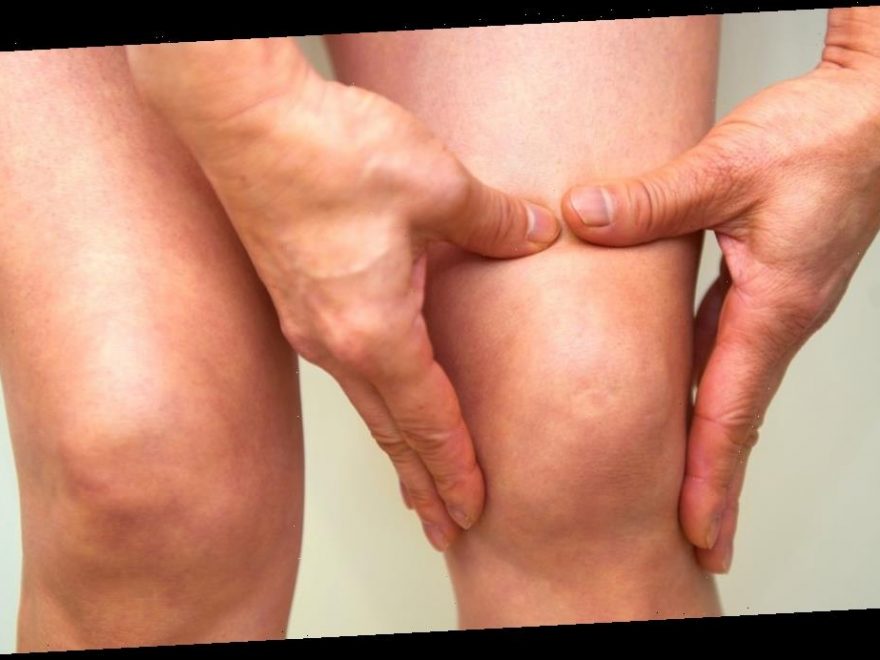A neighbour of mine has osteoarthritis (OA) of her knees.
The pain is getting her down and she has difficulty walking. It’s even painful in bed.
But painkillers are becoming less and less effective. “Is it time to have a knee replacement?” she asks.
She also wants to know if there are different kinds of joint replacement ops, and there are.
The kind of knee op you have depends on how extensive your OA is. But at the present time NICE guidelines on knee replacement don’t say which one is recommended.
To help my friend I needed to do some digging. A knee replacement is a common operation to treat severe knee OA that hasn’t been adequately helped by other treatments.
More than 300,000 knee replacements were carried out in the UK between 2015 and 2017.
Some people have damage to the knee joint on only one side of it (unicompartmental OA) which means a partial rather than a total knee replacement would suffice, but evidence for which operation works best in these people has been insufficient.

-

10 secret health hacks doctors tell friends – and it's advice more people should know
-

Painful joints and aches can be cured by what you eat as well as exercise
At present, only one in 10 knee replacements are partial. However, these could be more cost effective than total knee replacements.
To see if this was the case, 528 people who had a partial or a total knee replacement, were checked annually and followed for five years.
Both groups of patients had much improved knee pain and function.
After five years, people who had total knee replacement had an 18-point improvement and people who had partial knee replacement had a 19-point improvement.
A five-point improvement is considered clinically significant, so the two procedures were similarly successful.
The partial was more effective in terms of quality of life and was less expensive, plus the average hospital stay was shorter for those who had partial replacement (3.2 days) than those who had total knee replacement (4.3 days).
The proportion of people who had to have a re-operation was similar in both groups.
As a result of this study I’m going to tell my neighbour that partial knee replacement is the way to go if she has single compartment OA.
And she’ll have a shorter stay in hospital. Inevitably some patients who have knee replacements need a reoperation so tracking the partial knee replacement stats will hopefully show a low rate.
In 2014 there were 91,000 knee replacements in the UK and 5,800 of them needed reoperation, a rate of something over five in 100.
My most important advice, however, is to find a surgeon who does hundreds of knee operations. Skill is crucial.
Source: Read Full Article
